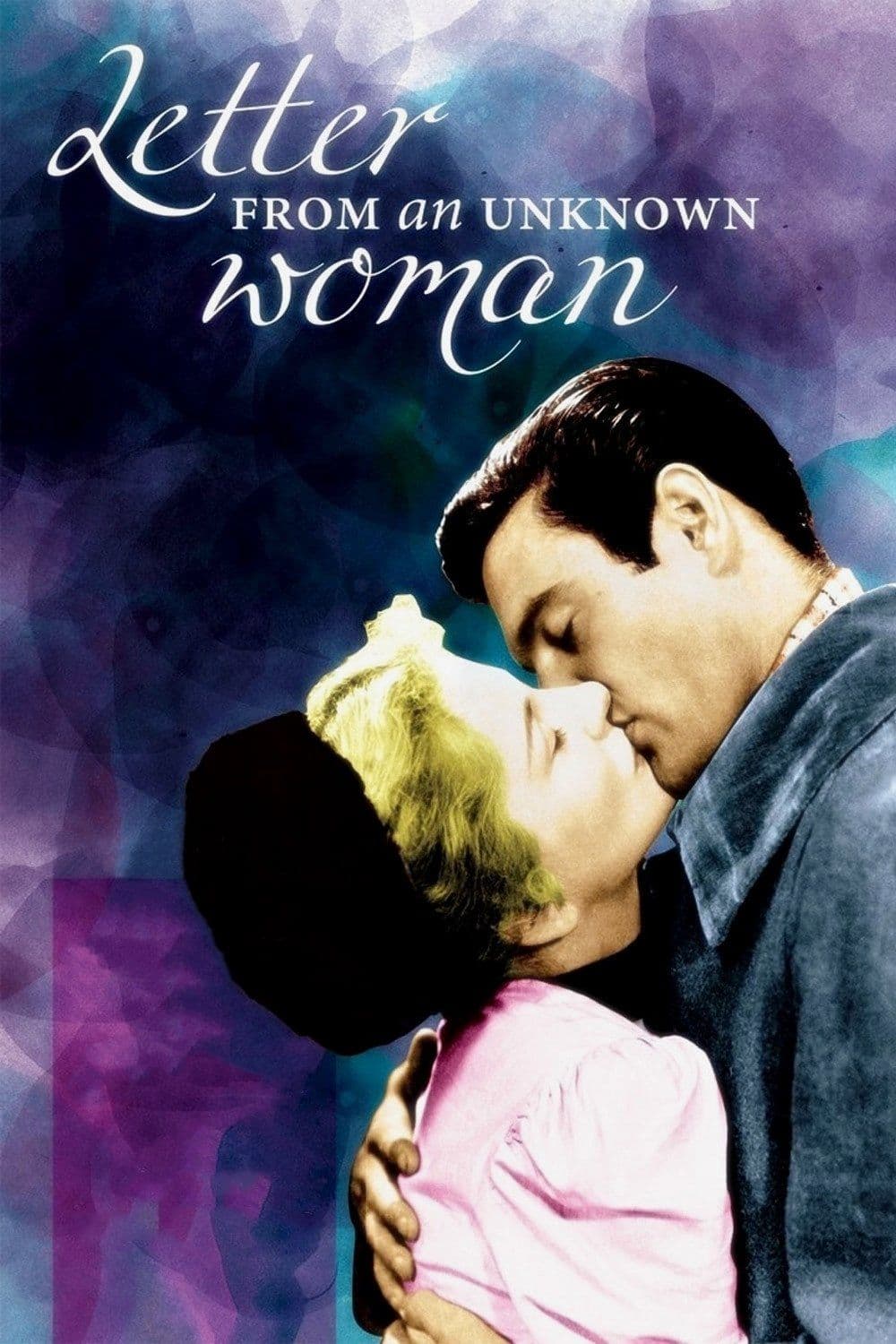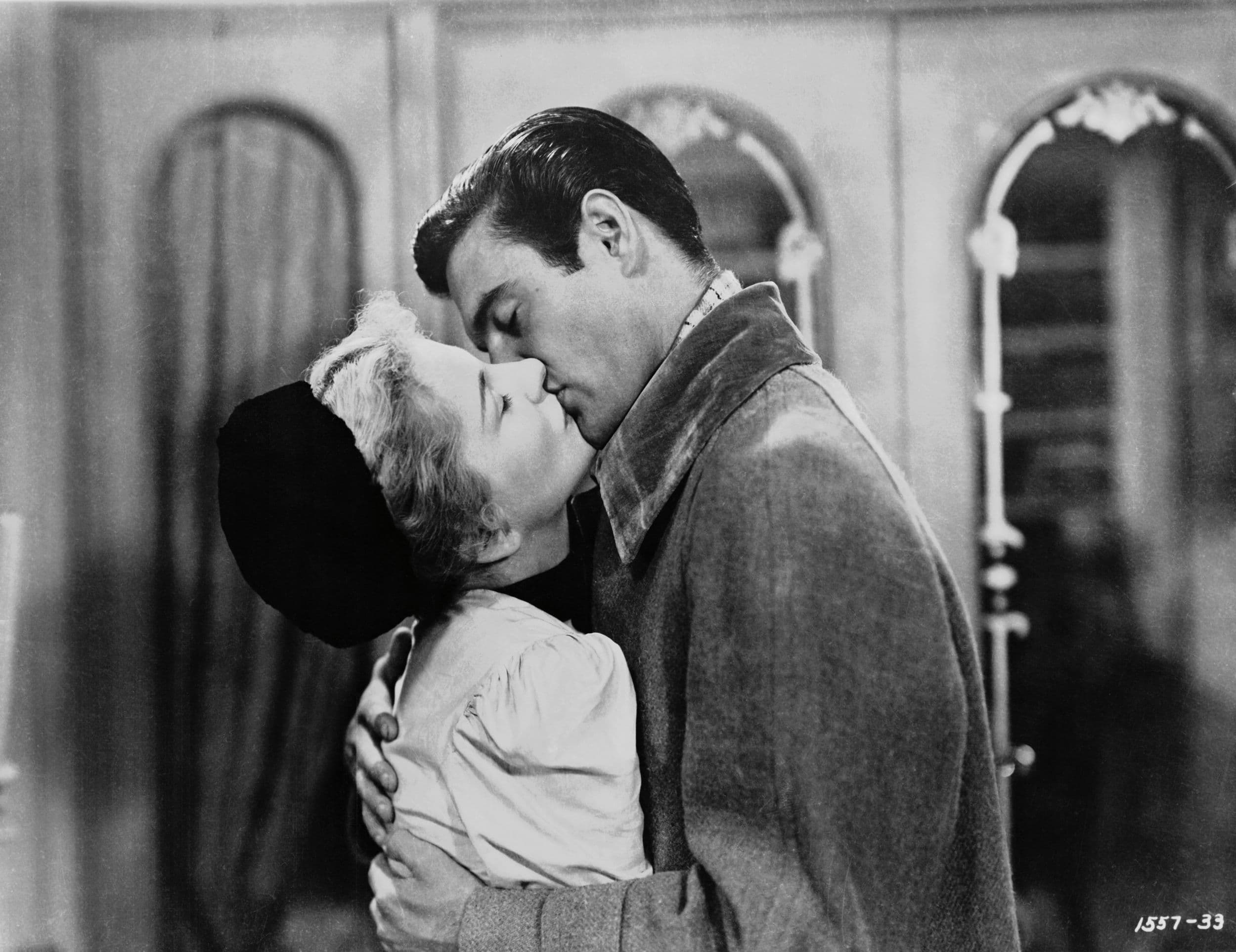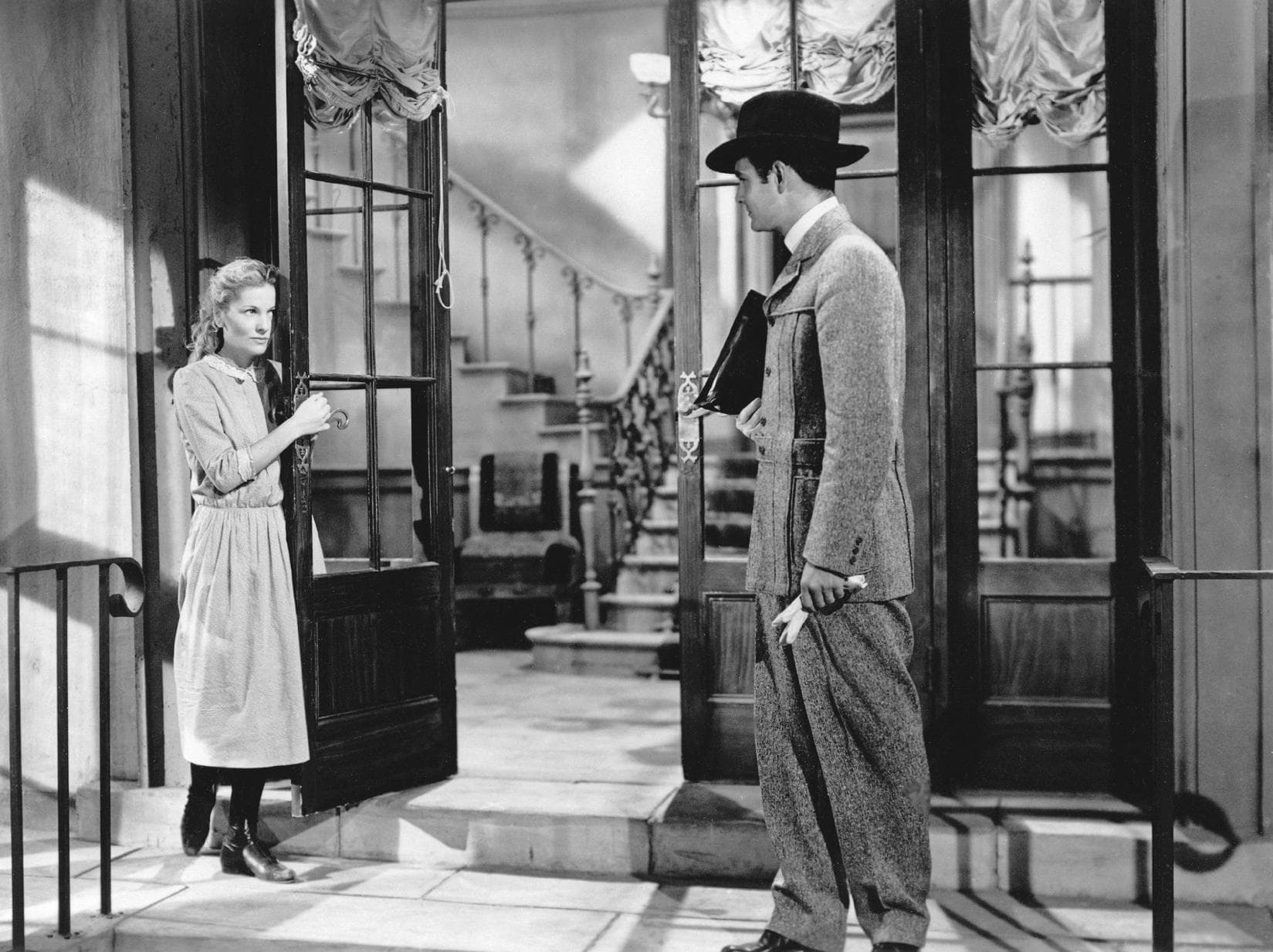
Letter from an Unknown Woman
1948
Rate this movie
Average: 5.00 / 5
(1 votes)
Director
An extraordinarily decadent work, fascinating in its obsessive pursuit of a female profile in every one of its most subtle psychological facets. The term "decadent" here is not a mere adjective, but a keystone for understanding the stifling yet sublime atmosphere that pervades the entire film. It is a decadence that lurks in the opulent but melancholic salons of fin-de-siècle Vienna, an era of profound social and psychological transformations, where the impulses of the unconscious began to manifest on the cultural scene, amidst waltzes and Freudian anxieties. This almost forensic quest for the female soul, with its inexorable investigation into the most recondite folds of desire and torment, elevates the film to an almost psychoanalytic examination of unresolved passion, a recurring theme in Ophüls' filmography and in the intellectual context of his time.
Max Ophüls proves himself a filmmaker of immense caliber, a master of the camera who, with his unmistakable fluid elegance, derives from a great novel by Stefan Zweig a prototype of a woman vanquished by her own love. The transplantation from Zweig's dry yet vibrant prose to Ophüls' luxuriant mise-en-scène is not a mere transposition, but a true reinvention. The director, a European exile in Hollywood, infuses the narrative with a distinctly continental sensibility, a sense of ineluctable destiny and the fragility of human bonds that transcends the typical American melodrama. Zweig, with his mastery in dissecting the human soul and obsession, finds in Ophüls a visual interpreter capable of rendering the invisible tangible, of transforming the epistle into a filmed stream of consciousness. The figure of Lisa Berndle, the woman "vanquished by her own love," thus becomes a tragic archetype, a modern Cassandra whose prophecy – her unconditional love – is fulfilled in her own destruction.
The story begins with a pianist, Stefan Brand, who, in early 20th-century Vienna, receives a letter from an unknown woman on the eve of a fatal duel. This narrative device, that of the posthumous letter, is not just a mechanism to trigger the flashback, but itself becomes a character, a catalyst for memory and regret. Through the reading of the letter, the love that this woman, Lisa, in the shadow and silence of an almost religious adoration, harbored for the man is relived in flashback. The Vienna presented to us is not merely a picturesque backdrop, but a pulsating organism of social conventions, bourgeois illusions, and an opulent aesthetic that contrasts with the protagonist's inner solitude. The letter, written in a moment of extreme despair, is her last cry, her final confession, a desperate attempt to be seen, known, loved, even if only for an instant, before the curtain definitively falls on her existence. It is a palimpsest of passion, sacrifice, and invisibility.
A passion not only morbid but almost mystical, which characterized the woman's entire life: from a dreaming child-neighbor who idolized the young musician, to a mature woman who does not hesitate to leave her husband and children, breaking every social convention, simply to reach the object of her desire – a man who, ultimately, remains for her an idealization, an elusive image. Joan Fontaine's performance as Lisa is a masterpiece of containment and, at the same time, burning intensity; her gazes, her gestures, her unspoken tears, build a character of agonizing purity and vulnerability. Her devotion transcends mere physical attraction to elevate itself to a form of blind faith, a self-imposed condemnation that isolates her from the real world, causing her to live in an eternal bubble of unrequited love. Hers is a love without return, feeding on itself and consumed in its own immanent tragic beauty.
After finishing the letter, the pianist, whose face contracts in a bitter epiphany, must go to a duel, challenged by the woman's husband himself. This duel is not a mere climatic event, but a potent symbol of impending fate and the price to pay for untamed passions. The call to masculine honor in the face of the shame of betrayal closes the circle of an announced tragedy, where trampled innocence and blind love clash with the rigid laws of a world that does not forgive deviations from the norm. Stefan's final gesture, allowing himself to be killed rather than killing Lisa's husband, is a belated, and in some ways insufficient, tribute to the woman he loved and forgot, an act of redemption in extremis that bestows upon the narrative an almost classical depth, like a Greek tragedy, where fate manifests through human actions and their inevitable consequences.
It is a film of extraordinary modernity, a cornerstone that, far from being a simple melodrama of its time, stands as a psychological study of rare finesse. Its "psychological work" aims to decipher dark passions, to make them subtly apparent, as if in filigree, not with didactic explanations, but through allusion, the unsaid, the evocative power of images. Ophüls, with an almost Proustian sensibility, investigates the labyrinths of memory and the impact of the past on the present. His "revolutionary" scanning of scenic time is perhaps the most distinctive element: the skillful use of flashback is never tiring, but entirely functional to the narrative, like an uninterrupted waltz dancing between past and present. Ophüls' camera, almost an autonomous entity, follows the characters through rooms and corridors, in a perpetual motion that reflects the uninterrupted flow of Lisa's memory. These are not mere temporal cuts, but true immersions into the subconscious, where spaces and times expand and contract based on emotional intensity. This technical virtuosity, this dreamlike fluidity, imbues the film with an aura of hypnotic beauty, making the story not only a tale of love, but a philosophical exploration of the nature of memory, illusion, and desire. It is a film positioned at the antipodes of realism, embracing an exquisitely emotional and stylistic dimension, which will influence generations of directors, from Scorsese to Wong Kar-wai, for its ability to transform pain into sublime visual art.
A memorable work that, in its poignant examination of love as both condemnation and salvation, opened new and fertile perspectives on the cinematic portrayal of female subjectivity and the use of narrative time, solidifying Ophüls as one of the greatest stylists and psychologists in the history of cinema. Its influence is felt not only in melodrama, but in every film that dares to explore the intricate dynamics of the human heart with the same elegance and depth.
Country
Gallery




Comments
Loading comments...